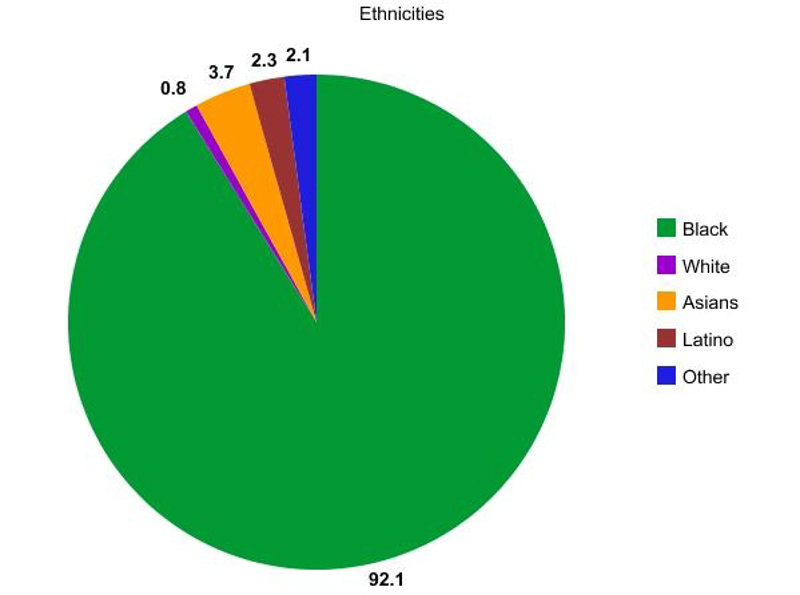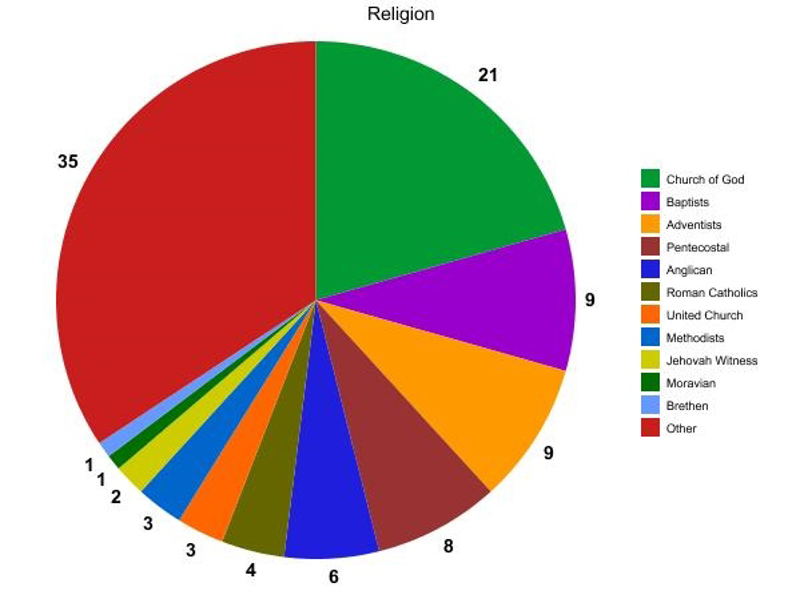Jammin in Jamaica
After leaving Montego Bay, we will be staying in a house in Hanover. Hanover is a parish located on the northwestern tip of the island of Jamaica. It is a part of the county of Cornwall, bordered by St. James in the east and Westmoreland in the south.
History
Hanover was established on 12 November 1723, and named for the British monarch, George I, from the German House of Hanover. It was named for George 1, the reigning monarch on the British throne who was from the House of Hanover in Germany. In the early colonial days, Lucea, the main town and port, was even busier than Montego Bay. By the mid-18th century, Lucea was the hub of an important sugar-growing region, and the town was prosperous as a sugar port and market center. European Jews settled in the parish as merchants, store keepers, haberdashery, shoe makers and goldsmiths. It became a free port.
Geography
The capital town, Lucea is located at latitude 18°25'N, longitude 78°08'W. The parish has a mountainous terrain, with the coastline marked by coves and bays. Hanover covers an area of 450 km2. The highest point in the parish is the Dolphin's Head, which serves as a landmark for ships at sea. The parish has three small waterfalls, several coves, such as the Davis Cove, named after a prominent Hanover family, along its coastline and large caves. The Great River is the officially recorded river in Hanover. Its valley has been an important agricultural region.
Population and Ethnicities
The parish had an estimated 67,176 inhabitants in 1999, 5,739 of which lived in its capital town. The large majority of the population is black (92.1%), with 0.8% whites, 3.7% Asians, 2.3% Latinos, and 2.1% identifying as other.
Religion
There is freedom and equality of religion in Jamaica. Protestant churches are dominant, with various denominations comprising over 60% of the total population. The Church of God now claims the largest number of adherents, with 21% of the populace. Seventh-Day Adventists and Baptists are the next largest denominations with about 9% each. About 8% of the population are Pentecostal. The Church of England claims about 6%. Other denominations include
kendalllowe12
6 chapters
16 Apr 2020
Hanover
November 17, 2015
After leaving Montego Bay, we will be staying in a house in Hanover. Hanover is a parish located on the northwestern tip of the island of Jamaica. It is a part of the county of Cornwall, bordered by St. James in the east and Westmoreland in the south.
History
Hanover was established on 12 November 1723, and named for the British monarch, George I, from the German House of Hanover. It was named for George 1, the reigning monarch on the British throne who was from the House of Hanover in Germany. In the early colonial days, Lucea, the main town and port, was even busier than Montego Bay. By the mid-18th century, Lucea was the hub of an important sugar-growing region, and the town was prosperous as a sugar port and market center. European Jews settled in the parish as merchants, store keepers, haberdashery, shoe makers and goldsmiths. It became a free port.
Geography
The capital town, Lucea is located at latitude 18°25'N, longitude 78°08'W. The parish has a mountainous terrain, with the coastline marked by coves and bays. Hanover covers an area of 450 km2. The highest point in the parish is the Dolphin's Head, which serves as a landmark for ships at sea. The parish has three small waterfalls, several coves, such as the Davis Cove, named after a prominent Hanover family, along its coastline and large caves. The Great River is the officially recorded river in Hanover. Its valley has been an important agricultural region.
Population and Ethnicities
The parish had an estimated 67,176 inhabitants in 1999, 5,739 of which lived in its capital town. The large majority of the population is black (92.1%), with 0.8% whites, 3.7% Asians, 2.3% Latinos, and 2.1% identifying as other.
Religion
There is freedom and equality of religion in Jamaica. Protestant churches are dominant, with various denominations comprising over 60% of the total population. The Church of God now claims the largest number of adherents, with 21% of the populace. Seventh-Day Adventists and Baptists are the next largest denominations with about 9% each. About 8% of the population are Pentecostal. The Church of England claims about 6%. Other denominations include

Roman Catholics (4%), United Church (3%), Methodists (3%), Jehovah's Witnesses (2%), Moravians (1%), and Brethren (1%). Other religious groups, including Hindus, Jews, Muslims, and Rastafarians, as well as some spiritual cults, make up about 35% of the population.
The Rastafarian movement continues to grow and is culturally influential in Jamaica and abroad. Rastas regard Africa (specifically Ethiopia) as Zion and consider their life outside Africa as an exile or captivity; use of marijuana, or ganja, plays an important role in the movement.
Climate
Traditionally, Jamaica is hot year round, due to its location. Although skies are often blue and cloudless, they can be changed instantly. Tropical storms, tsunamis, and monsoons are common for those living on the coast.

Share your travel adventures like this!
Create your own travel blog in one step
Share with friends and family to follow your journey
Easy set up, no technical knowledge needed and unlimited storage!